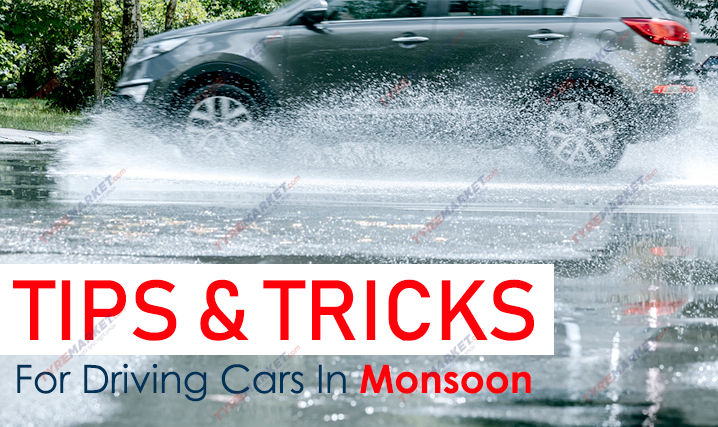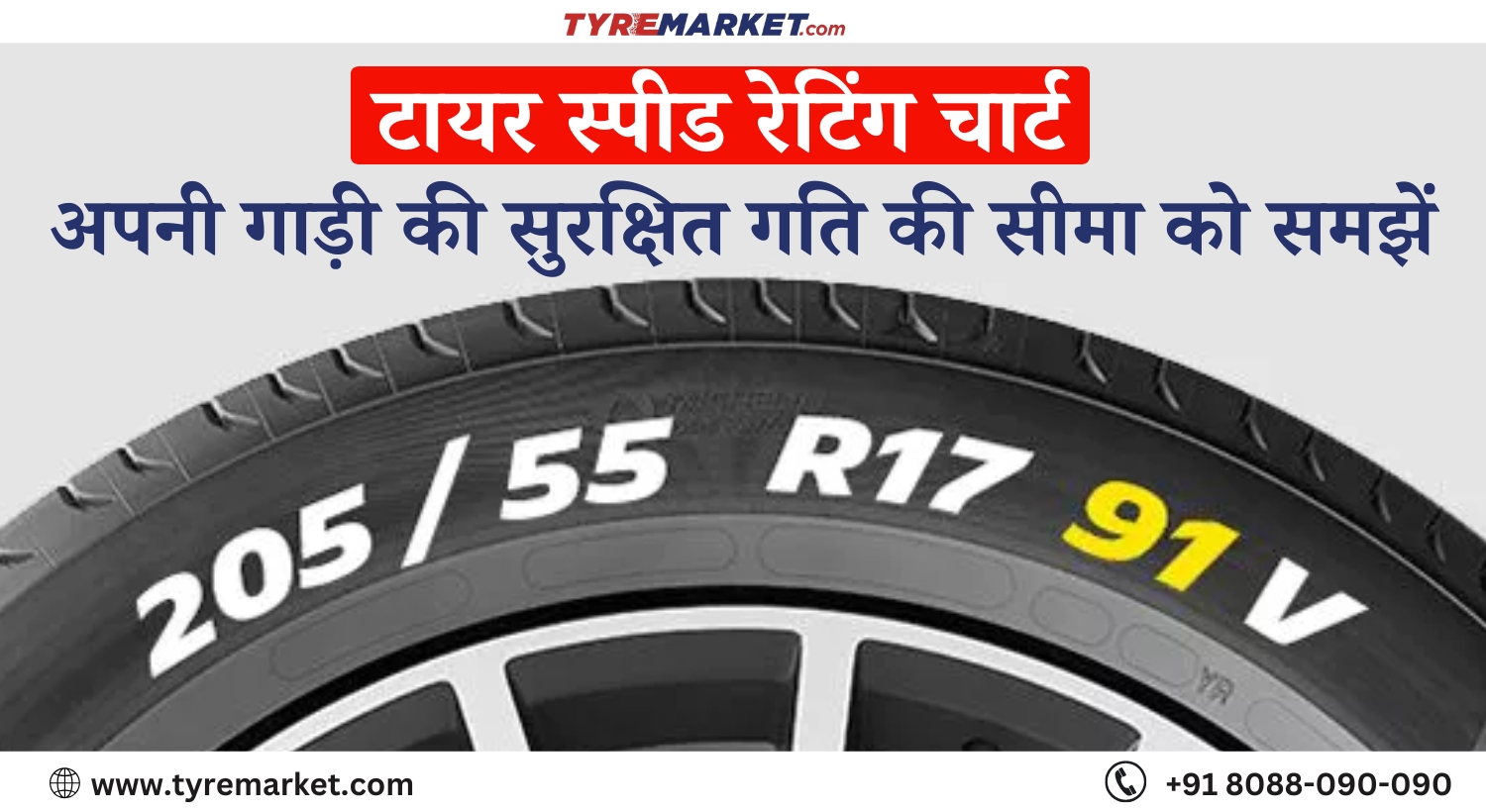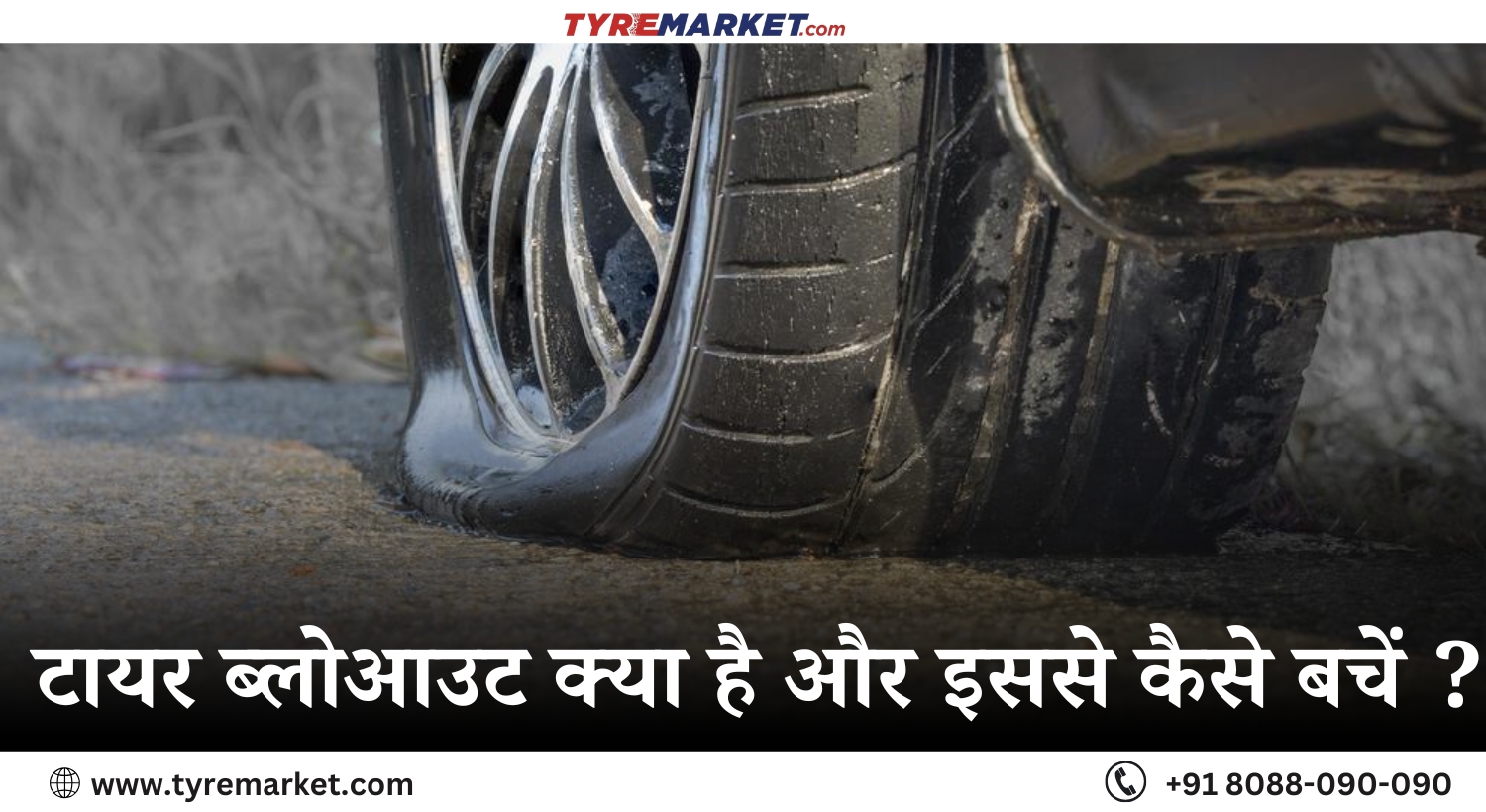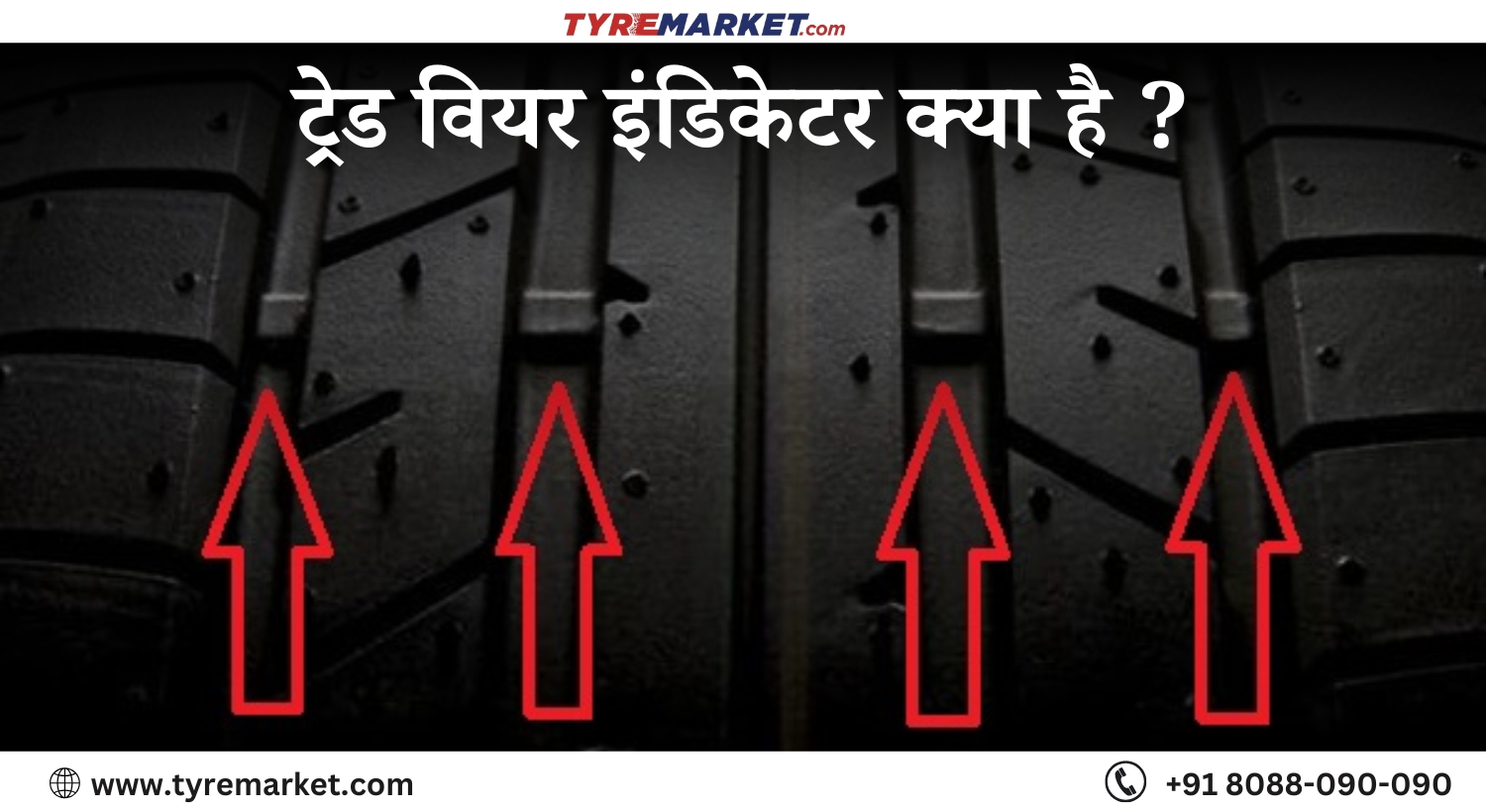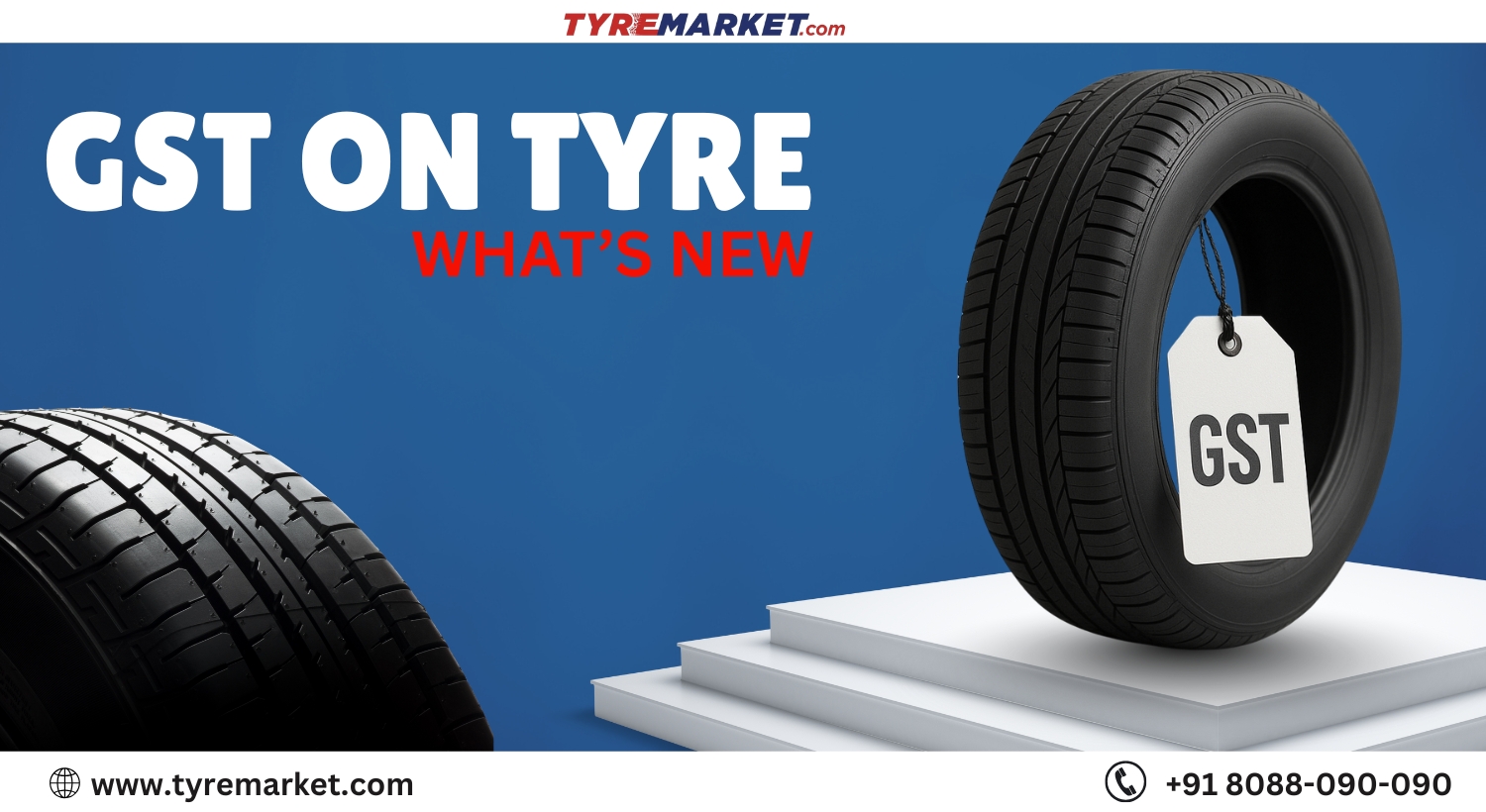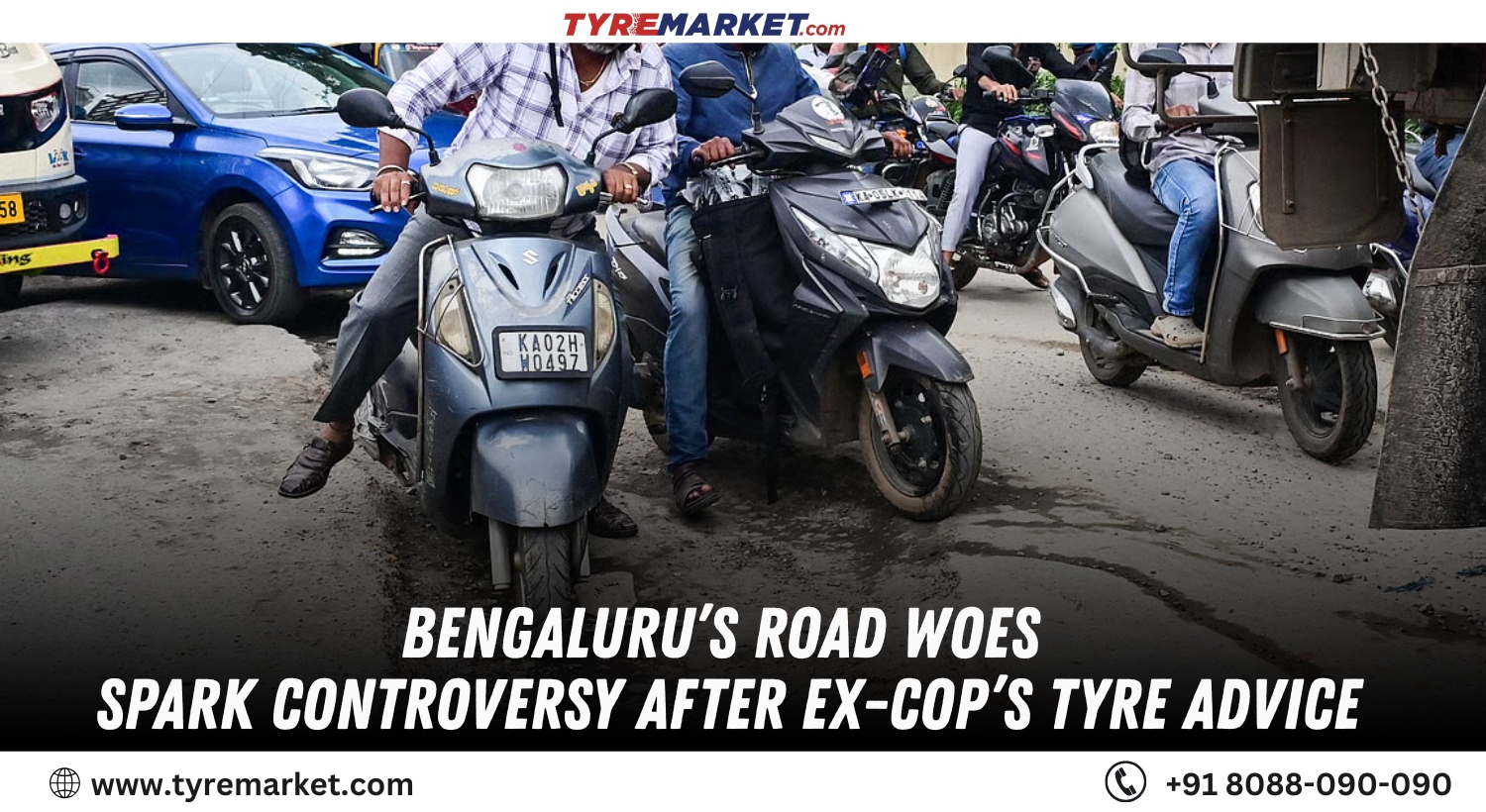Here we list the best tips and tricks for driving cars in a monsoon that will surely come in handy this monsoon season and could help you navigate dreadful roads and treacherous weather.
Driving a car in the monsoon is a daunting task as the heavy rains wreak havoc on roads, causing severe water-logged potholes and grumpy roads. One has to be extra careful while driving on wet roads and be prepared to encounter potholes in the patches of roads and endless puddles. To minimize the risk and ease the driving experience during heavy rains, one needs to practice certain safety measures.
-
Pay Attention To The Tyres
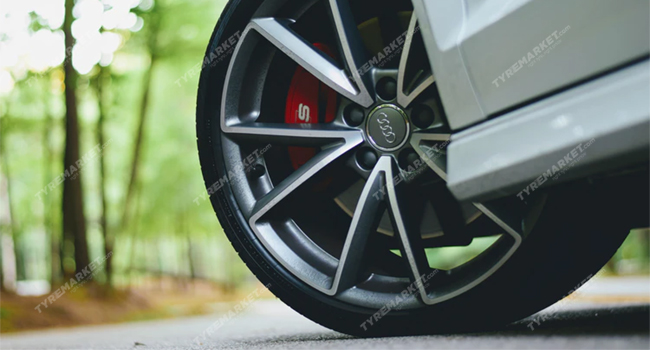
The tyres of your car have to endure the harsh weather, especially during the monsoons. Driving on smooth roads is not the same as driving on wet and damaged roads where you have to compromise on the traction. In such situations, tyres should have the ability to channel water away from the contact patch and improve the car’s grip. For this, the tyre treads come to the rescue by dispersing water and allowing optimal contact between rubber and road.
It is best practice to check the tyre tread on all four tyres of your car to see whether they will run on the damped and slippery roads. If the tread on your car tyres is lower than 1.6mm, it might be a good time to replace the tyres.
Tyres come with tread-wear indicators – small cross ribs about 1.5 to 2 mm in height – set in the main longitudinal grooves on a tyre; when the tyre rubber wears down, the tread indicator thins out. Once the tread indicator wears off (when the tyre surface is level with ribs), it’s time to get new tyres.
You can also do a coin test to check the tyre treads, just push a coin into the tread to see how far it goes. If it barely sinks in, get new tyres. Always change the tyres when the tread depth is at the minimum, as the worn-out tyres are prone to punctures.
-
Check Your Car Brake For Wear
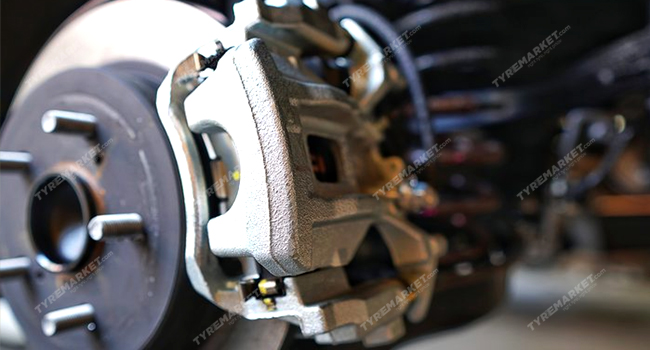
Proper functioning brakes are important in all weather and driving conditions. While driving on water-logged roads, the stopping distance of the vehicle increases. Further worn-out brake pads could also increase braking distances. When you drive on wet surfaces and puddles, dry your brakes by dabbing the brake pedal. You can also test the brakes of your car at home – start the car, let it idle for a while and press the brake pedal with uniform force. While doing this, if the brake pedal continues to sink, that shows a possibility of a leak in the system.
Check the brakes regularly while driving, if you feel a judder in the brake pedal get it inspected by a professional. Replace worn-out components immediately. Upgrade your car with ABS which makes braking in wet conditions easier.
-
Look Over The Battery & Wiring
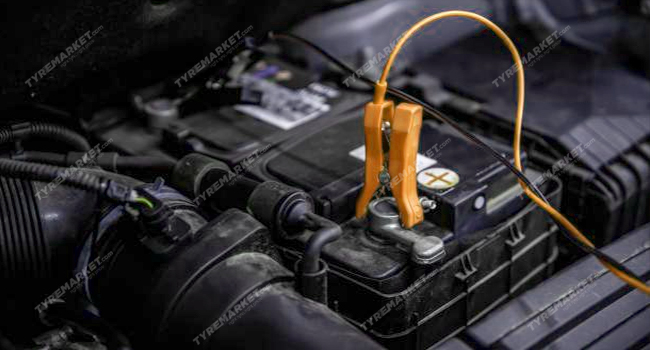
The battery of your car must be in a good condition, especially during monsoons where components of the car such as wipers and lights that consume zaps of electricity come into more use. If your battery is not working well, you will face a lot of trouble. Replace your battery beforehand to avoid battery hazards.
The next dangerous thing to a dead battery is automotive circuit failures. Loose or dirty plugs will worsen the operation of your car in the monsoon by giving lurching or rough idling problems. Look at the wiring of your car; if you have any electrical trouble in your vehicle then get electrical fittings wired using high-quality cables with a professional.
-
Check Headlights & Tail-Lights
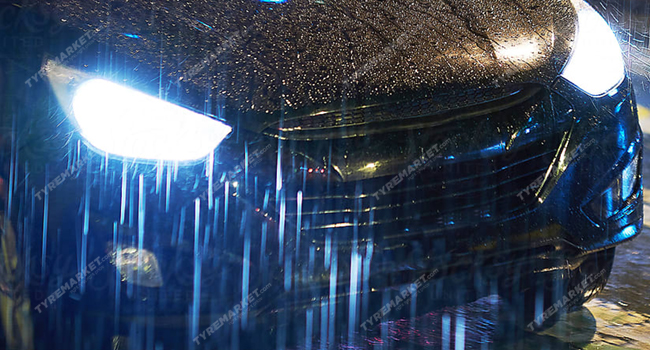
Heavy rain blurs the visibility on the road while driving. Headlights (in both, low and high beams), tail-lights, brake lights, fog lights, and hazard (indicators) lights provide a better, clear, and effective view of the road. Make sure to check the working of all the lights in your car before the monsoon. If any of the lights in the car is in an inconsistent state like flickering or fluctuating, get a new set of bulbs.
Regardless of the weather, if there is a problem with the headlights or taillights, get them fixed right away to avoid unpleasant consequences. Always, switch on the lights while driving at night in monsoons. Also, switch on the hazard light when your car is in an idle state, to be noticeable to other road users.
-
Replace Windshield Wipers
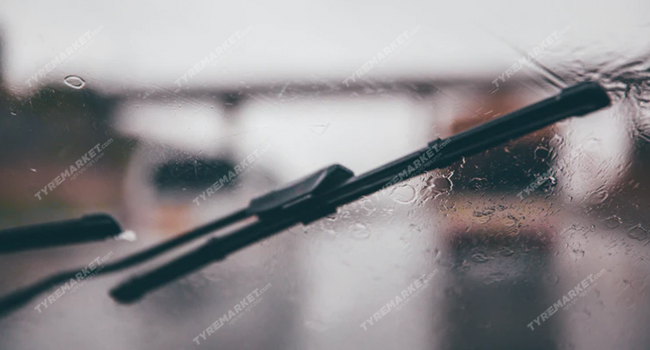
The wipers of your car are almost every day in use in monsoons and act as saviours during harsh weather conditions. Due to regular use, wiper blades are prone to wear and tear ultimately reducing their performance. Squeaking, streaking, and splitting sounds, cracks in the rubber, bent metal frame, and windshield scratches are the signs of damage in windshield wipers and call for wiper blade replacement.
Inspect the windshield wiper blades to determine if they need changing and seek professional assistance to fix them. Keep your windshield glass always clean and replace the worn-out windshield wipers otherwise, it may obstruct your vision while driving and cause safety concerns.
-
Detect Leaks & Unclog The Holes
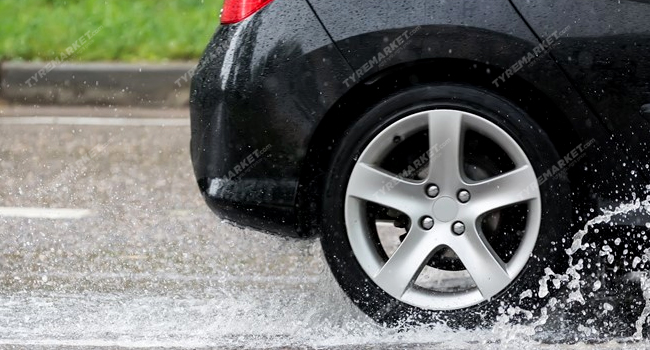
Water leaks in a car are not often paid attention to; however, if ignored these can cause bad odour, mould formation, and rusting of metal. The absorbent materials in the car cannot hold the water for long periods, especially when the car is a bit old and outdated. Water can leak around the sunroofs, windows, or windshield panels. Look for the signs of moisture around these areas, and get them fixed on time.
The clogging of drainage holes in a car is likely to occur during monsoons and cause rusting. After identifying the areas of leaks and rusting, get your car serviced and get the holes unclogged.
Monsoons can take a toll on you and your car’s health. Pay attention to the above checklist. Get your car servicing done before the monsoon. Always keep spare parts like high-visibility triangles, basic tools, wiper blades, fuses, and a medical kit handy.
Also Read – 8 Ways To Take Care Of Your Car During The Monsoons
 Help
Help
 Customer Care:
Customer Care:

 |
| 
 Help
Help
